The Development, Disease Models & Therapeutics Ph.D. Program trains innovative, dedicated, passionate scientists who want to bridge the divide between basic scientific research and medicine.
Research Model
Using diverse techniques our faculty and students investigate questions that touch on each of these domains and use models that may include any organ, tissue, physiological system or organism in order to understand their fundamental biological processes and to identify and develop new therapeutics.
Multi-Disciplinary Faculty
At BCM, faculty members have the freedom to select the programs that align with their research. Rather than be bound by the department or center into which they were hired, faculty members opt into participation in graduate programs. This ensures that you will interact with faculty who bring diverse backgrounds and perspectives.
With over 150 faculty members, representing most of the departments and centers at BCM and many at our partner institutions, you will not only find mentors who share your interests but also colleagues who will expose you to new ideas and perspectives.
Our Program
Our courses emphasize hands-on learning and our lab environments foster individual development and discovery-driven research.
Where Will Your Ph.D. Take You?
From day one we encourage you to think deeply about your career choices. Wherever your ambition leads, you will receive the support you need to follow a path well worn by our alumni who have built successful careers across diverse endeavors.
DDMT Research News

No NELL2, no sperm motility. Novel protein is essential for male fertility
Newly produced spermatozoa within the testis are not fully functional until they mature in the epididymis, a duct that helps to transport and store sperm. Male infertility may arise from lack of communication between the testis and the epididymis and new research has uncovered a mechanism of this communication. BCM researchers and colleagues have discovered a novel testicular luminal protein, NELL2, that triggers in the epididymis a chain of events that matures the sperm and enables each one to be motile in females.
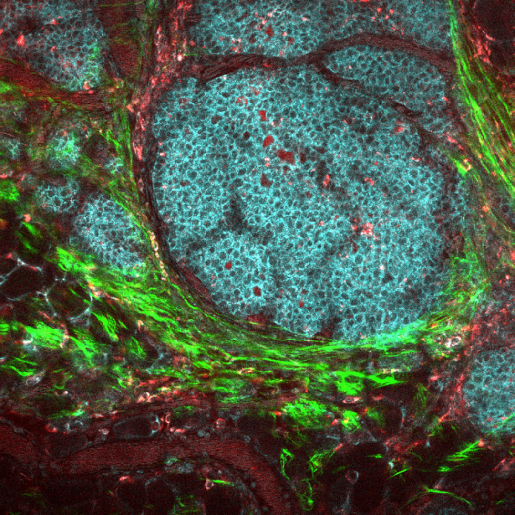
Taking a closer look into the tumor microenvironment with nano-radiomics
Research has shown that the tumor microenvironment (TME) can participate in the fight against cancer, but also can promote its growth and help the tumor evade the immune response. Assessing the effectiveness of new therapies on the TME is challenging. In a report published in Science Advances, BCM researchers describe a novel, noninvasive method they developed to assess the effect of a cellular immunotherapy treatment specifically directed at the TME.
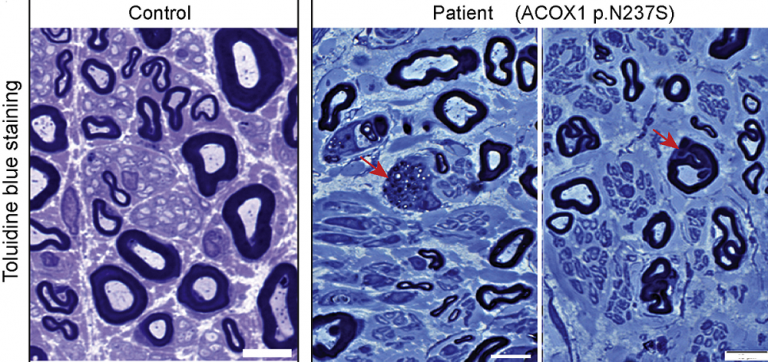
Solving the puzzle of Mitchell disease
When a patient with puzzling neurological symptoms enrolled in the Undiagnosed Diseases Network, researchers were set on solving the mystery. The patient presented with an unidentified late-onset neurodegenerative disorder. The team named this new syndrome “Mitchell disease” in reference to the first patient to be diagnosed with this disorder and looked to identify its genetic basis.
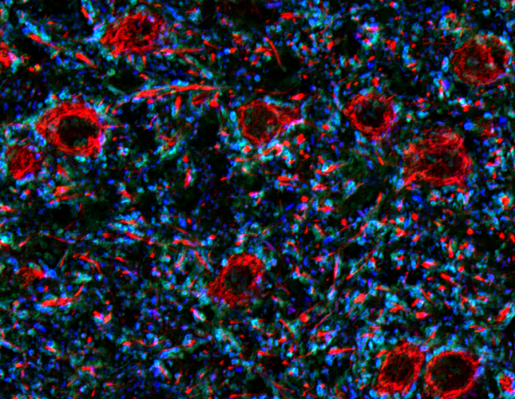
Researchers identify and learn to control brain cell that triggers tremor
Tremor is an involuntary, rhythmic shaking movement in one or more parts of the body. Available treatments are not always effective and the development of novel therapies to help people with this condition has been limited in part by not knowing what cell types are involved. BCM researchers have been working with animal models of tremor looking to identify cell types that are involved in this condition. In this study, they demonstrated that activity of Purkinje cells was important for causing tumors.

Genetic signature may identify mothers at risk for preeclampsia
For years, researchers have looked for single gene mutations that could be strongly associated with risk of preeclampsia, but the results have not been encouraging. Previous work suggested that a genetic factor seemed to predispose to preeclampsia, but its identification has been elusive. BCM researchers discovered that a unique combination of variants of these three genes was associated with increased complement activation and preeclampsia.

AKAP8 and the delicate balance between normal and metastatic states
A protein naturally produced in the body has been found to suppress breast cancer metastasis in animal models of human tumors. In this study, the same team at BCM that published a pioneering study that brought alternative splicing to the field of cancer research, investigated how alternative splicing contributes to cancer metastasis by looking for proteins that regulate alternative splicing events linked to metastasis.
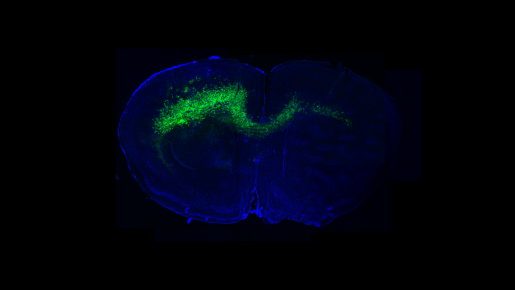
Like a mastermind of its own destiny, glioma sets a stage that favors its own growth
BCM researchers and colleagues uncovered evidence about how glioma manipulates its environment in ways that favor its own growth. This research, published in Nature, suggests new strategies to treat patients with this condition, one of the most aggressive malignant primary brain tumors.
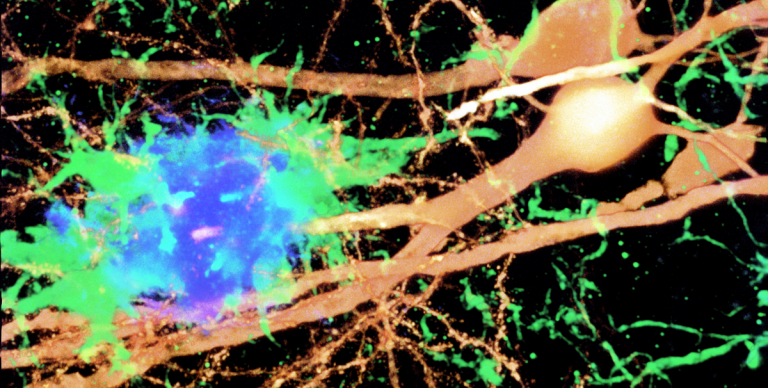
Connecting interferon, neuroinflammation and synapse loss in Alzheimer’s disease
Inflammation in Alzheimer’s disease involves the activation of two types of cells in the brain: the resident immune cells called microglia, and astrocytes, star-shaped cells that support neuronal functions. In addition, there are elevated levels of cytokines, molecules that are produced by immune cells to promote inflammation. But the question remained, how does chronic inflammation in brains with Alzheimer’s disease lead to neuronal dysfunction and the consequent neurodegeneration and dementia? This study provides a major advance in the understanding of a process that leads to neuronal damage, by connecting IFN, complement and synapse loss: IFN controls the expression of multiple components of the complement cascade and mediates synapse elimination in a complement-dependent manner.
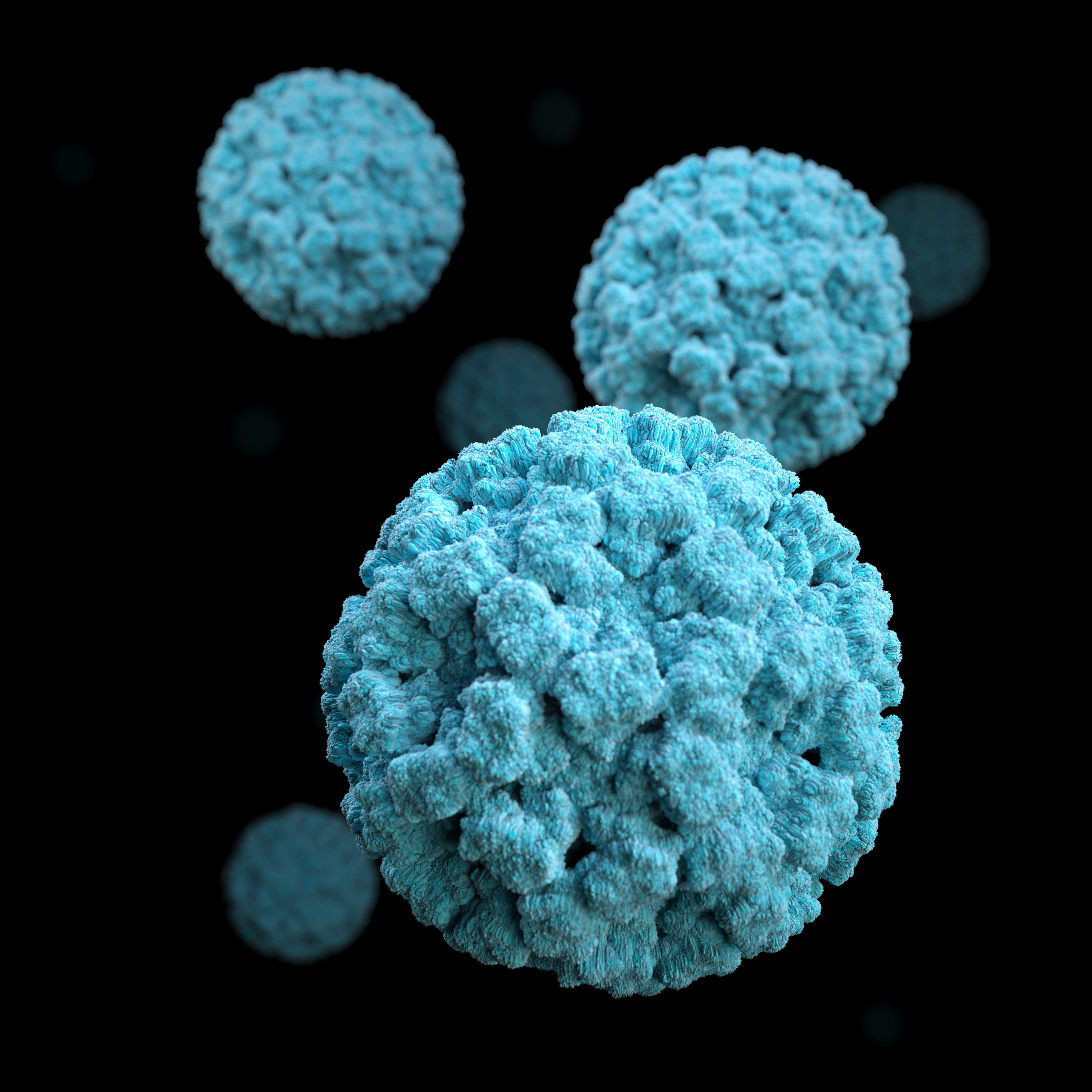
Come on in: Bile acids open the door to norovirus infection
Teams of researchers around the world have been working for more than four decades to find a way to grow this virus in the lab. Success came in 2016 from a BCM laboratory where they grew, for the first time, noroviruses in laboratory cultures of human intestinal epithelial cells. In this new study, investigators report the results of their continuing investigations to identify the bile components that are involved in promoting norovirus infection.
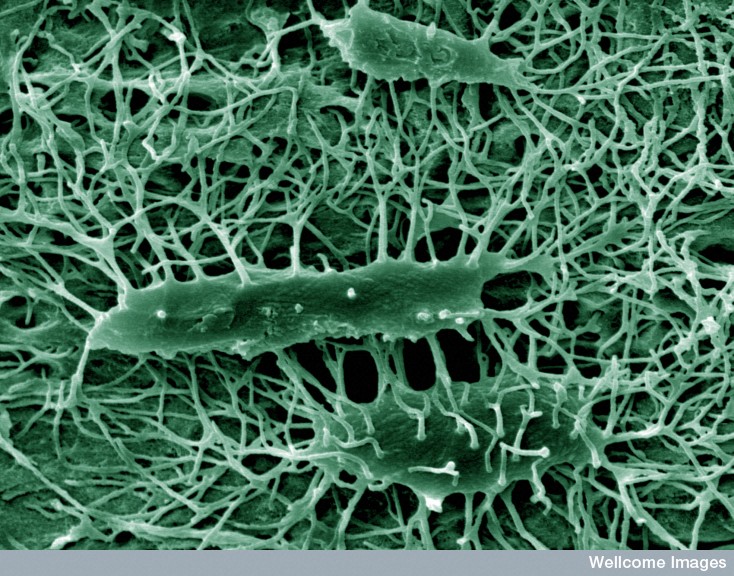
There is a new player in adult bone healing
Having a better understanding of how adult bones heal could reveal new ways of repair fractures faster and help find novel treatments for osteoporosis. Dr. Dongsu Park, assistant professor of molecular and human genetics and an alum of the BCM Graduate School of Biomedical Sciences and his colleagues investigate adult bone healing and recently uncovered a new mechanism that has potential therapeutic applications.
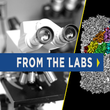
From the Labs
Subscribe to the BCM From the Labs blog to stay up to date on all the latest news from our researchers.
Stipends and Benefits
At BCM we are focused on you and your training. If your vision for your future includes teaching, you may choose to gain experience as a teaching assistant. If you do not want to teach, you have the freedom to focus exclusively on your education and research as well as to work with your mentor to take advantage of other BCM resources that match your interests.
Texas Medical Center
We leverage our location in the Texas Medical Center, the world's largest medical complex, to connect basic researchers and clinicians so that you will be able to explore all aspects of disease, from fundamental biological principles to the design and development of therapeutics.
Graduate School of Biomedical Sciences
The Development, Disease Models & Therapeutics graduate program is part of the Baylor College of Medicine Graduate School of Biomedical Sciences. Visit the GSBS website for more information about our curriculum and admissions process as well as to find resources and services designed to support your success throughout graduate school and your future career.









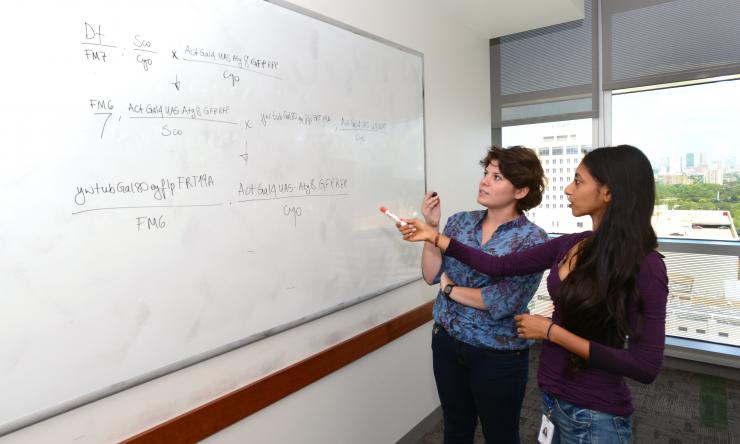
 Credit
Credit
